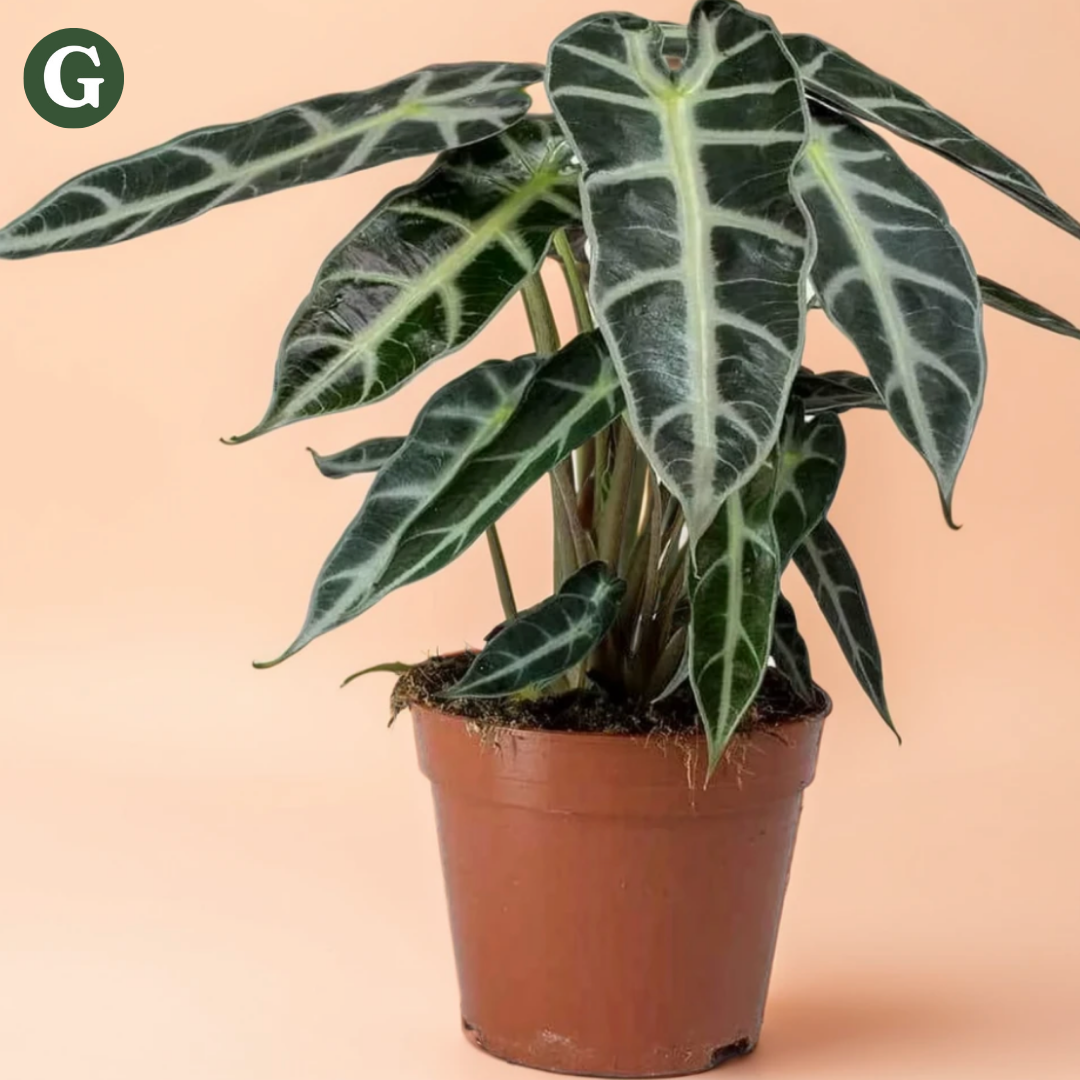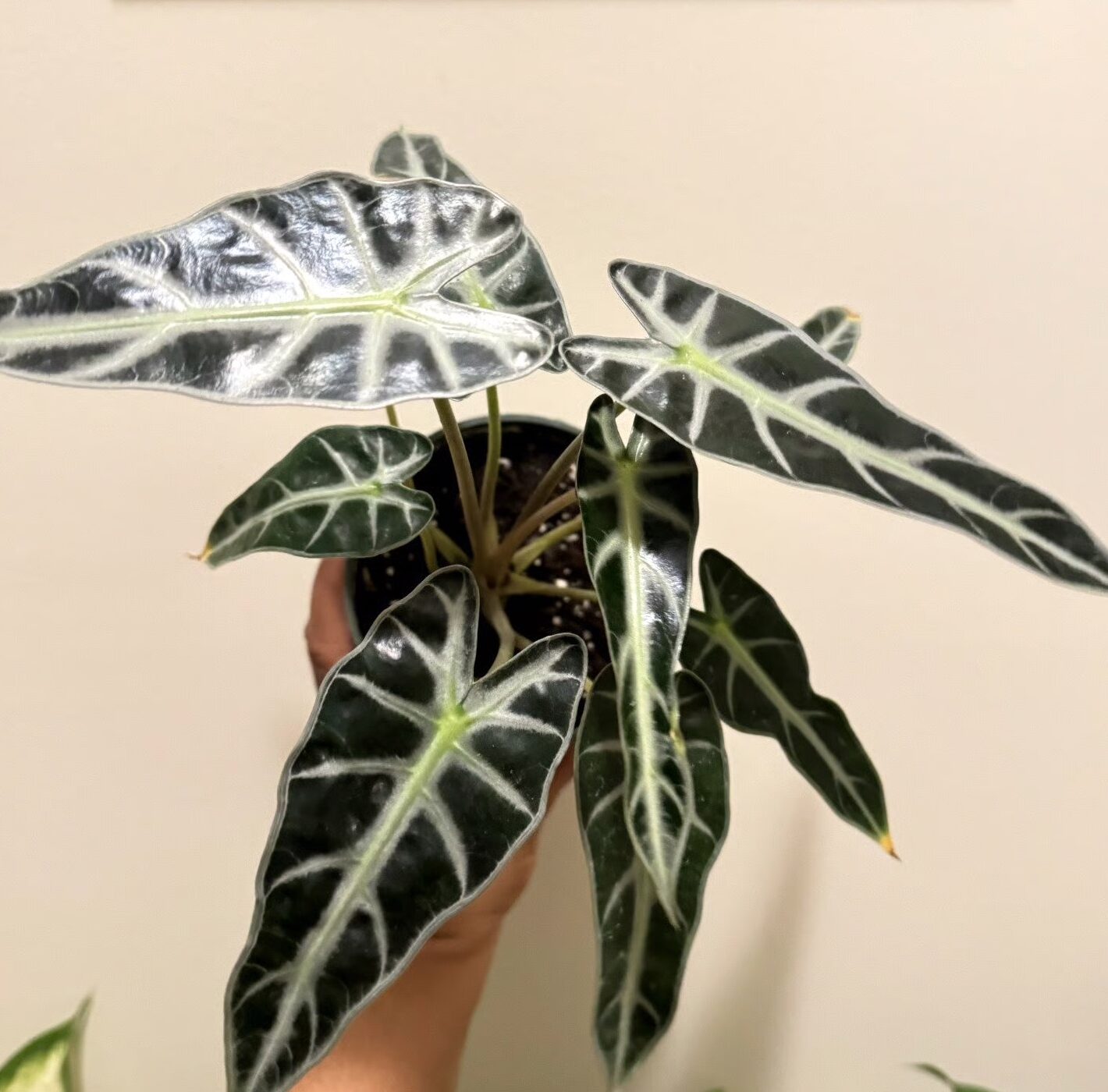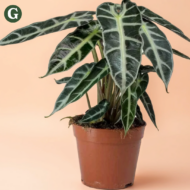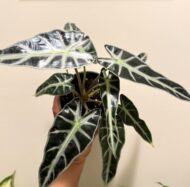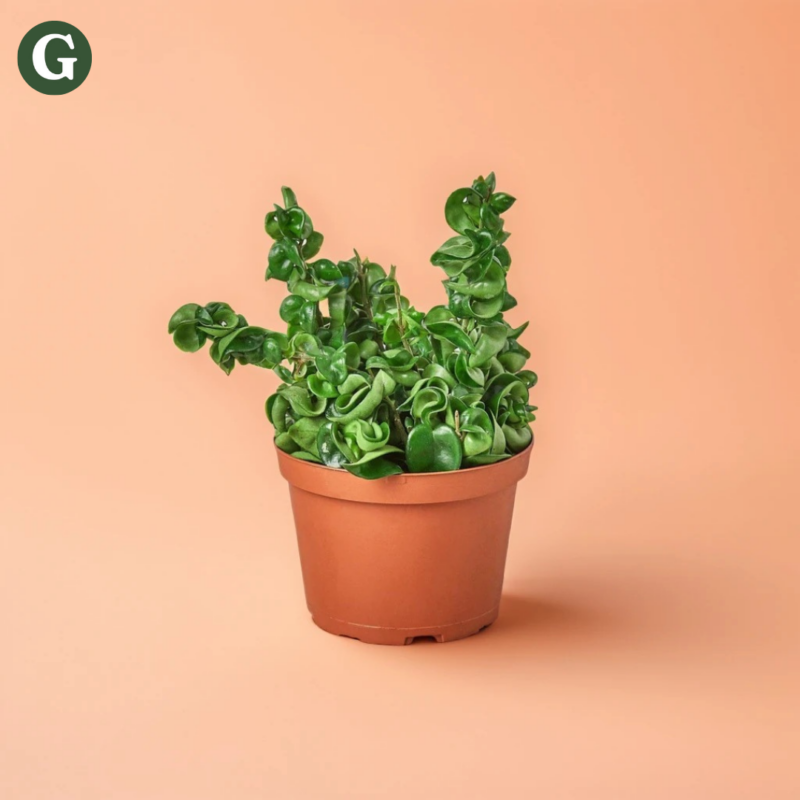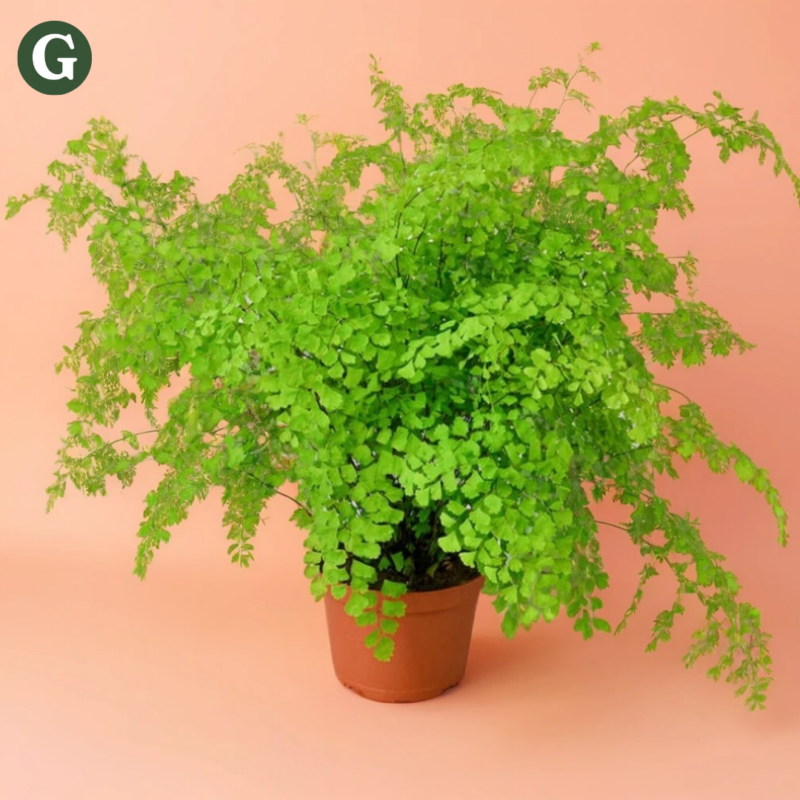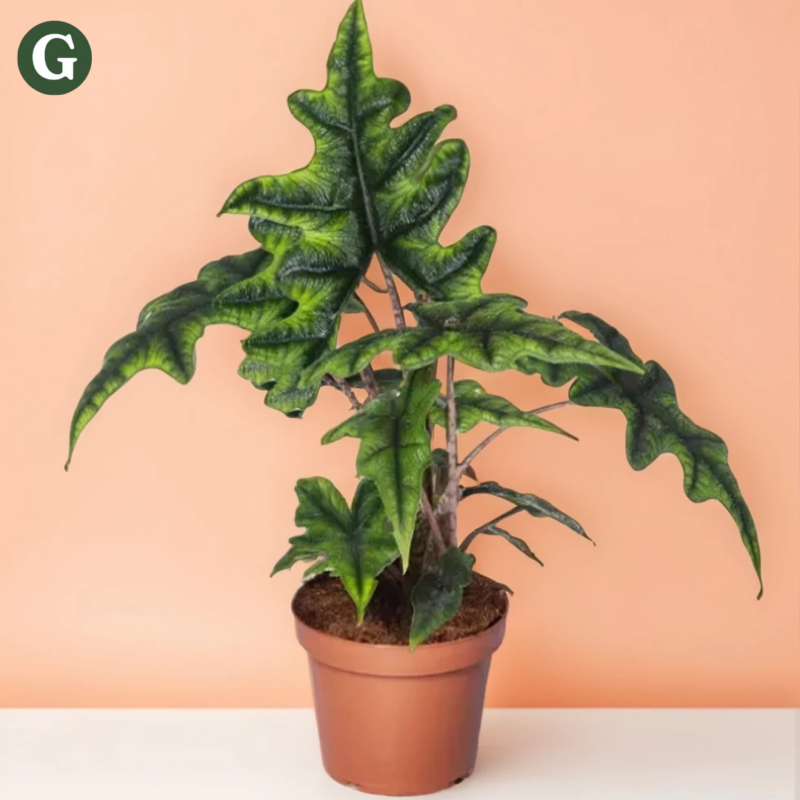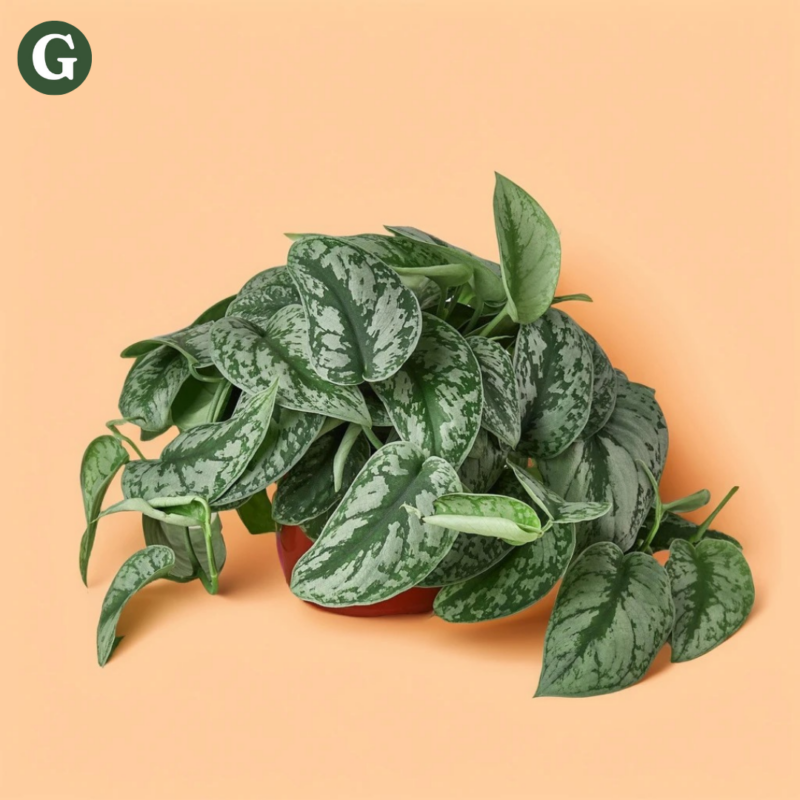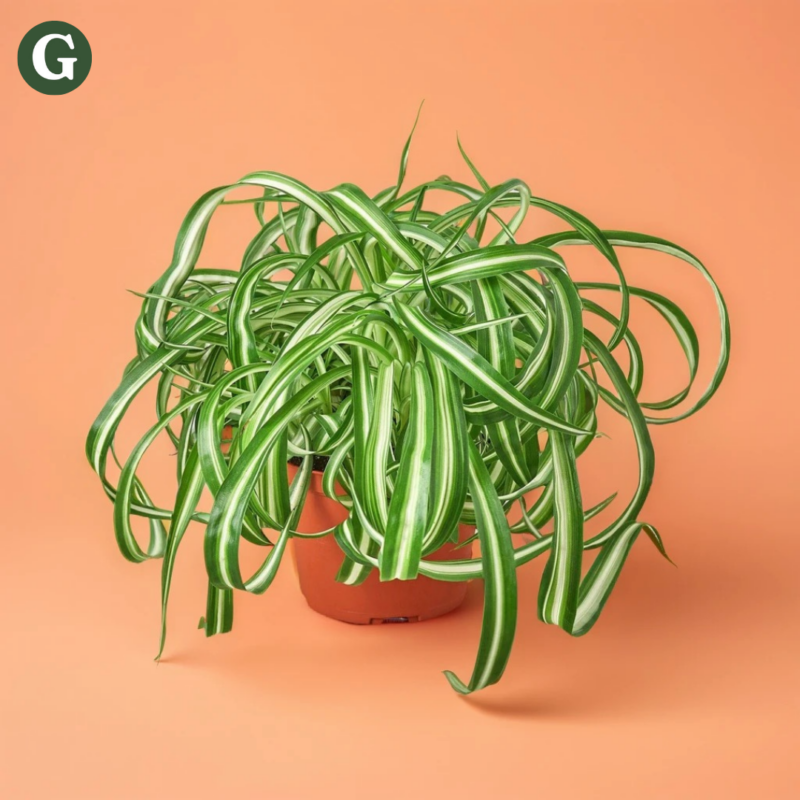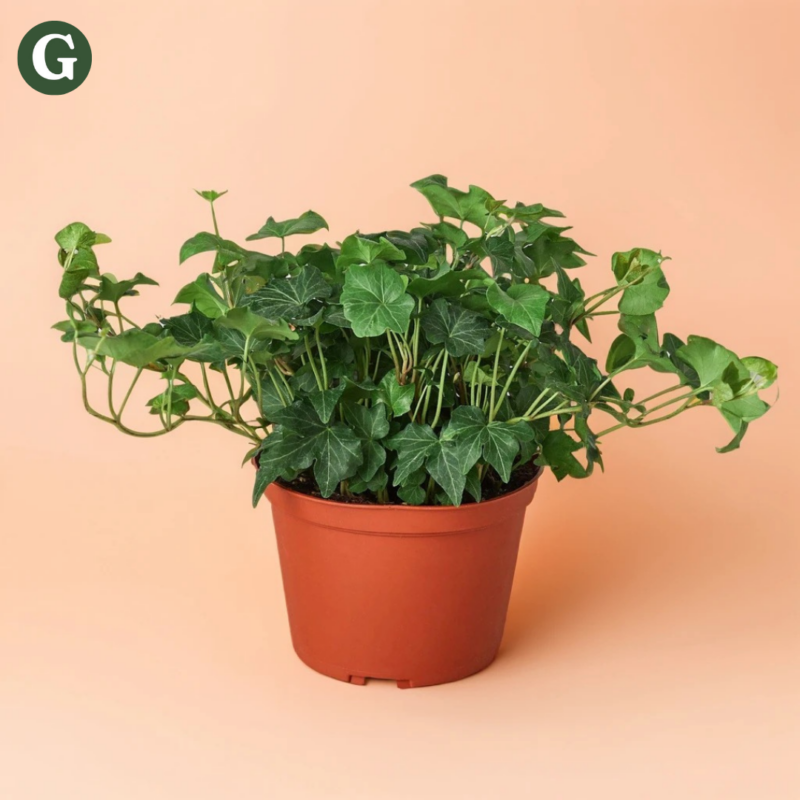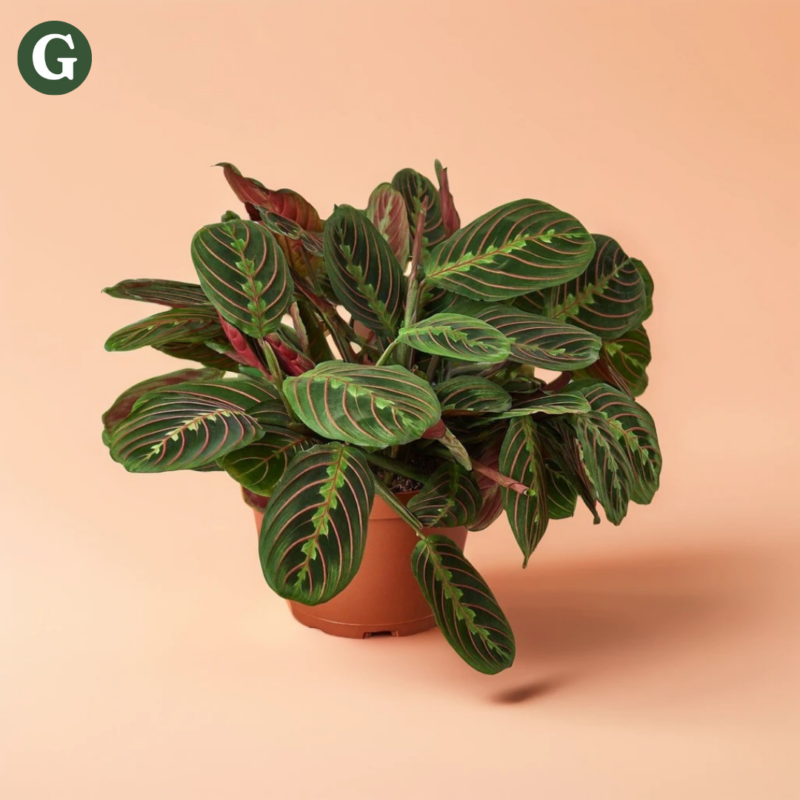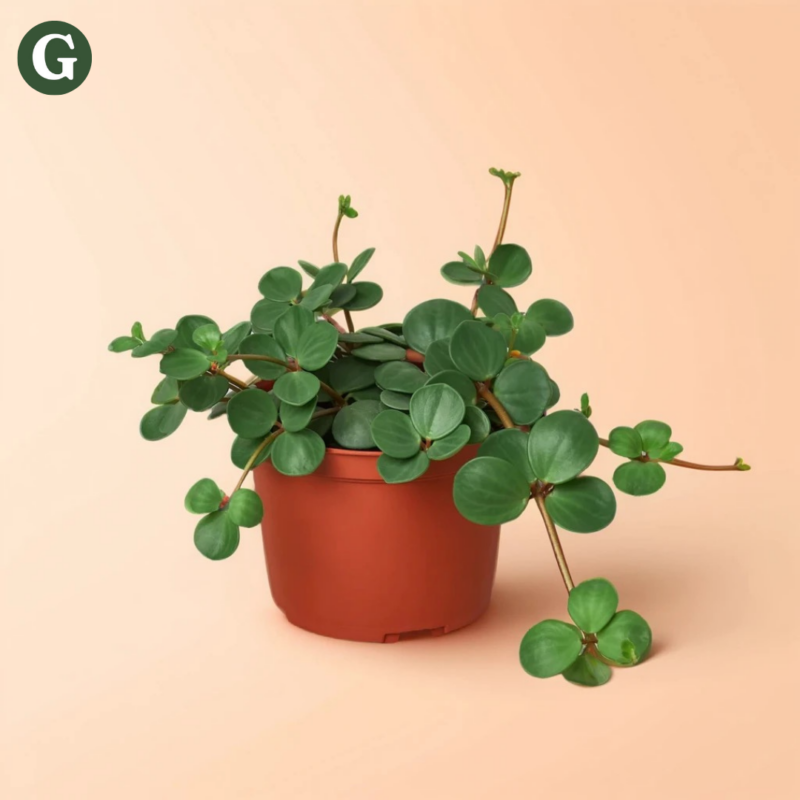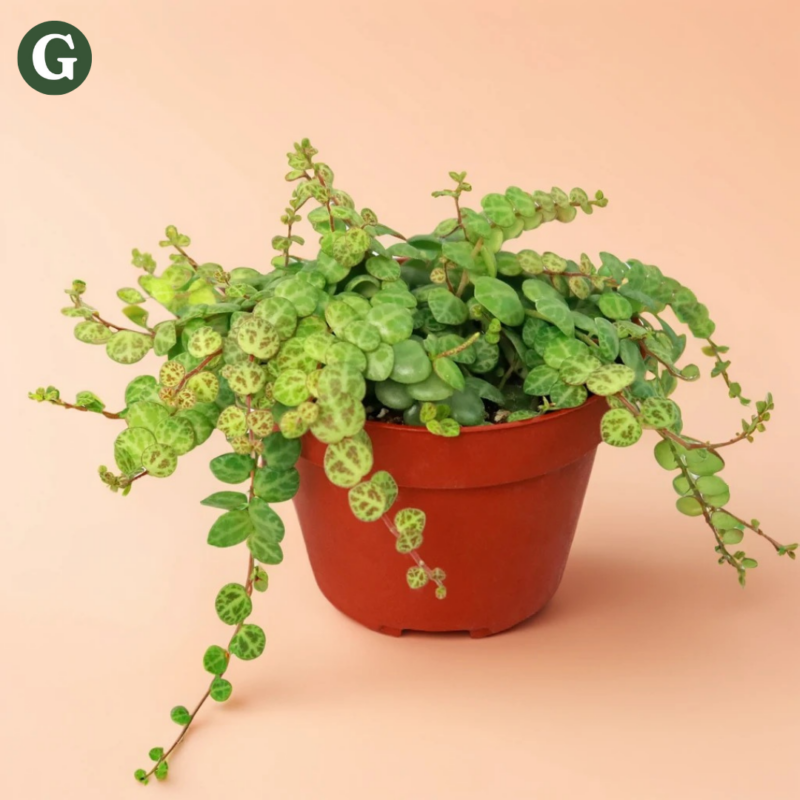Alocasia Amazonica Bambino
Botanical Name: Alocasia Amazonica
Common Name(s): Alocasia Bambino, African Mask, Elephant Ear
The Alocasia Amazonica Bambino is a compact, ornamental tropical plant known for its striking, glossy, arrow-shaped leaves with bold silver veining. This miniaturized version of the Alocasia Amazonica is a perfect choice for those looking to add a touch of drama and elegance to smaller spaces. Native to tropical regions of Southeast Asia, this plant thrives in conditions similar to its rainforest habitat, requiring warm temperatures and high humidity.
Typically growing up to 12-18 inches tall indoors, the Alocasia Bambino adds a bold visual element to any room. Its dark green leaves are contrasted by bright silver or light green veins, creating a dramatic effect that makes it stand out in any setting. This Alocasia does well in bright, indirect light, though it can tolerate lower light conditions, but this may lead to slower growth and a loss of vibrant coloration.
It prefers consistently moist, well-draining soil and should not be allowed to dry out completely. However, care must be taken to avoid overwatering, as it is prone to root rot. It thrives in a humid environment, so regular misting or a humidity tray is beneficial. While not overly difficult to care for, it does require attention to humidity and water levels.
Note: Like many Alocasia species, the Alocasia Amazonica Bambino is toxic to pets and children. Keep out of reach of children and animals.
Care Insights & Expert Tips
- Wipe leaves gently when dust accumulates:The large, glossy leaves can accumulate dust. To maintain vibrancy, gently wipe the leaves with a damp cloth.
- Ideal for small spaces: This plant is a compact, relatively slow-growing plant, making it perfect for small spaces.
- Repot every 1-2 years: This plant doesn’t need frequent repotting. It can be repotted every 1-2 years, or when the roots become cramped
- Toxic if ingested: Like other Alocasias, this plant is also toxic to pets and humans if ingested.

Visit our plant care library
Find essential tips to keep your plants thriving, vibrant, and healthy.
